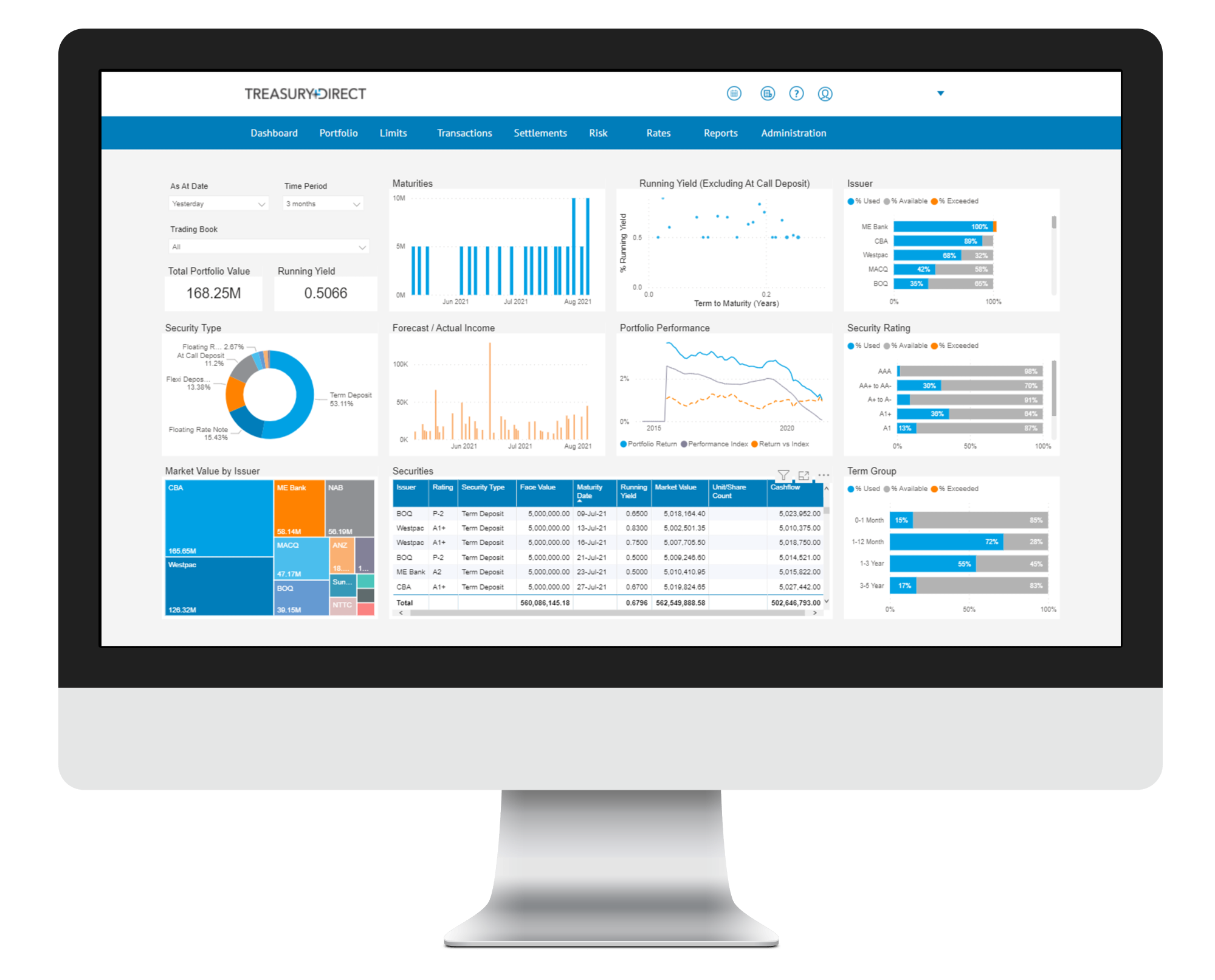Markets Overview
- ASX SPI 200 futures down 0.1% to 7,776.00
- Dow Average down 0.2% to 39,431.51
- Aussie little changed at 0.6608 per US$
- US 10-year yield little changed at 4.4845%
- Australia 3-year bond yield little changed at 3.97%
- Australia 10-year bond yield rose 0.5 bps to 4.33%
- Gold spot down 1.0% to $2,336.24
- Brent futures up 0.8% to $83.45/bbl
Economic Events
- 11:00: (AU) Australia to Sell A$150M 1.25% 2040 Inflation-Linked Bonds
Wall Street kicked off the week on a cautious note, with traders positioning for key inflation data that will help shape the outlook for Federal Reserve policy and global financial markets.
Stocks, bonds and the dollar saw small moves just a few days ahead of the key consumer price index. The gauge is projected to show moderation while still remaining too high to warrant rate cuts. On Monday, a Fed Bank of New York survey highlighted an increase in expectations for inflation.
The S&P 500 hovered near 5,220. US 10-year yields fell one basis point to 4.48%.
Other News
Australian Treasurer Jim Chalmers will announce the government’s books are in the black for a second straight year, putting the nation’s fiscal standing near the top of developed-world counterparts.
The underlying cash surplus will be A$9.3 billion, or 0.4% of gross domestic product, in the 12 months through June 30, Treasury said in a release ahead of Tuesday night’s budget. That compares with forecast deficits of 6% of GDP in the US and 3.6% in the UK this year.
“Another surplus is a powerful demonstration of Labor’s responsible economic management, which makes room for cost-of-living relief and investments in the future,” Chalmers said in the statement. “Despite the substantial progress we’ve made, spending pressures continue to intensify.”
Australia’s budget will swing back into the red in fiscal 2025 and remain there in 2026, with Treasury signaling a weaker outlook than its December forecasts. A Bloomberg survey showed the median estimate for fiscal 2025 is a A$14 billion deficit, swelling to nearly A$25 billion, or 1% of GDP, a year after.
The center-left Labor government faces an election in the next 12 months and has seen its standing in the polls erode in response to mounting voter discontent over rising prices and high interest rates. Chalmers has already flagged budget measures designed to address those concerns, including broad tax cuts and billions of dollars for housing.
Typically, a budget surplus in Australia is a political victory for the government as it indicates strong economic oversight — even if driven by external forces such as higher commodity prices.
But with interest rates at the highest level since late 2011 and market pricing showing policy easing is unlikely before mid-2025, the government is under pressure to respond.
It has introduced a series of cost-of-living measures to help cushion prices. Earlier this week, Treasury’s forecasts showed inflation will return to the Reserve Bank’s 2-3% target before the end of this year — 12 months earlier than the central bank’s predictions.
That’s been assisted by the government keeping fiscal policy aligned with monetary settings by running a budget surplus. The prudence has helped ensure Australia remains one of only a handful of economies with a coveted AAA credit rating from all three major agencies.
(Bloomberg)

